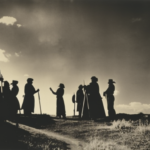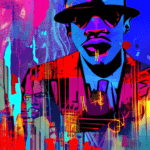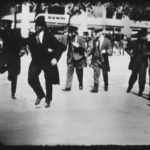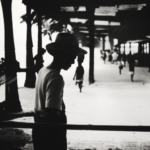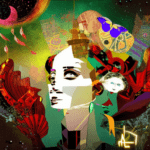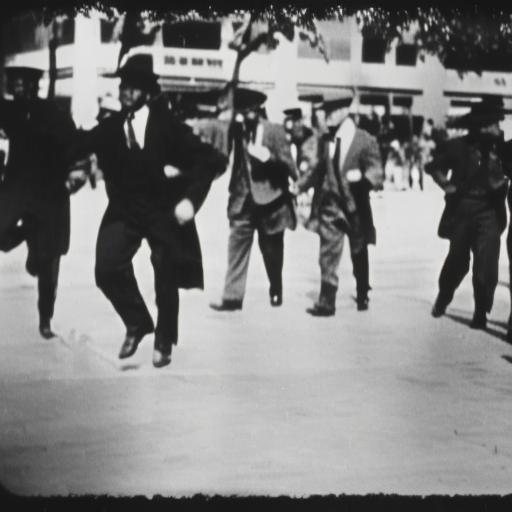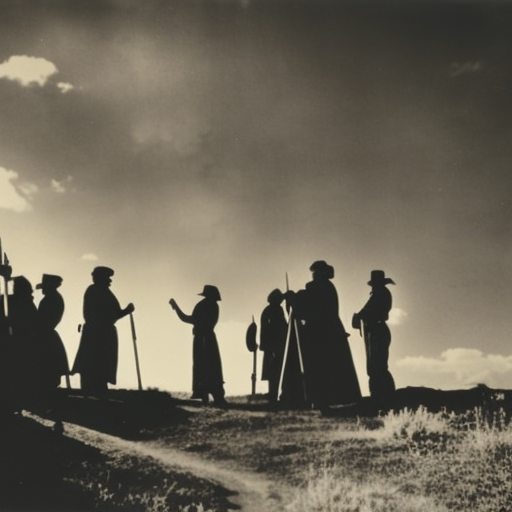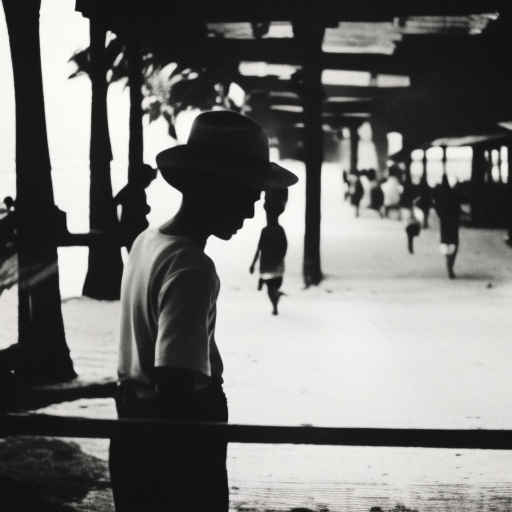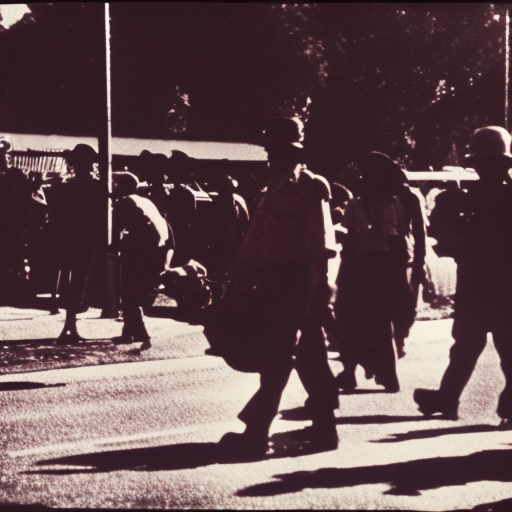The Zoot Suit Riots (1943)
The Zoot Suit Riots were a series of racially motivated attacks that took place in Los Angeles, California, in 1943. The riots were fueled by tensions between Mexican American youths, known as pachucos, and white servicemen stationed in the city during World War II. The riots lasted for several days and resulted in widespread violence and discrimination against Mexican Americans.
Background
During the 1940s, Los Angeles experienced a significant influx of Mexican immigrants and Mexican Americans seeking employment opportunities. This led to overcrowding in neighborhoods such as East Los Angeles, where many Mexican Americans lived. The pachuco subculture emerged among the Mexican American youth, characterized by their distinctive style of dress, which included oversized suits, long coats, and wide-brimmed hats known as zoot suits.
The Spark
The riots were sparked by an incident on June 3, 1943, when a group of sailors claimed they were attacked by a group of Mexican American youths wearing zoot suits. The news of the alleged attack spread quickly, and tensions between the white servicemen and Mexican American community escalated.
The Riots
In the following days, groups of servicemen roamed the streets of Los Angeles, specifically targeting Mexican American youths wearing zoot suits. These servicemen, often accompanied by civilians, engaged in acts of violence, including beatings and stripping the victims of their zoot suits. The police, instead of intervening, often turned a blind eye to the attacks or even arrested the victims rather than the perpetrators.
Media and Public Reaction
The Zoot Suit Riots received extensive media coverage, with newspapers and radio stations fueling the racial tensions. The media portrayed Mexican American youths as criminals and troublemakers, further exacerbating the violence. The public sentiment was divided, with some supporting the servicemen’s actions while others condemned the attacks as racially motivated.
Government Response
The response from the government was mixed. While some politicians and officials condemned the violence and called for an end to the riots, others supported the servicemen and blamed the Mexican American community for the unrest. The Los Angeles City Council even passed a resolution banning the wearing of zoot suits in public, effectively criminalizing the Mexican American fashion.
Aftermath
The Zoot Suit Riots had a lasting impact on the Mexican American community in Los Angeles. The riots highlighted the systemic racism and discrimination faced by Mexican Americans, both within the city and in the broader society. The events also led to increased activism and political mobilization within the Mexican American community, as they sought to fight for their civil rights and challenge the stereotypes and prejudices they faced.
Legacy
The Zoot Suit Riots remain a significant event in the history of civil rights and racial tensions in the United States. The riots exposed the deep-seated racism and prejudice faced by minority communities and served as a catalyst for the Chicano Movement of the 1960s and 1970s. The events also prompted discussions about the role of the media in perpetuating stereotypes and the need for social and political change to address systemic racism.
In conclusion, the Zoot Suit Riots of 1943 were a violent manifestation of racial tensions between Mexican American youths and white servicemen in Los Angeles. The riots highlighted the discrimination faced by Mexican Americans and sparked a broader conversation about civil rights and racial equality in the United States. The events continue to serve as a reminder of the importance of challenging systemic racism and promoting inclusivity and understanding in society.

